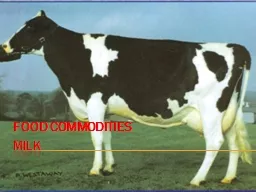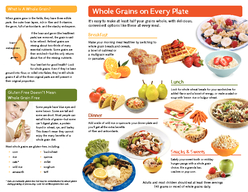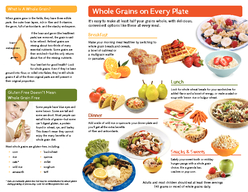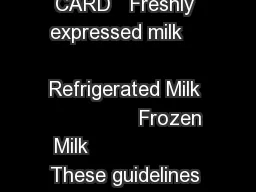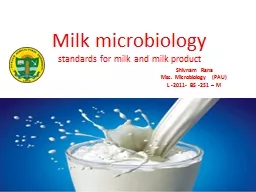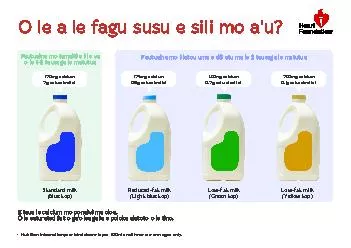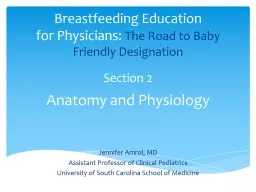PPT-mILK FOOD COMMODITIES Composition of whole milk
Author : giovanna-bartolotta | Published Date : 2018-11-02
Protein 35 Fat 4 Carbohydrates 45 Vitamins ABD Minerals 07 Water 87 Nutritive Value Protein High Biological Value protein Easily digested form Proteins present
Presentation Embed Code
Download Presentation
Download Presentation The PPT/PDF document "mILK FOOD COMMODITIES Composition of who..." is the property of its rightful owner. Permission is granted to download and print the materials on this website for personal, non-commercial use only, and to display it on your personal computer provided you do not modify the materials and that you retain all copyright notices contained in the materials. By downloading content from our website, you accept the terms of this agreement.
mILK FOOD COMMODITIES Composition of whole milk: Transcript
Download Rules Of Document
"mILK FOOD COMMODITIES Composition of whole milk"The content belongs to its owner. You may download and print it for personal use, without modification, and keep all copyright notices. By downloading, you agree to these terms.
Related Documents

